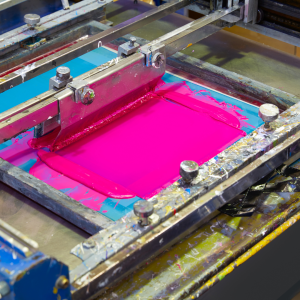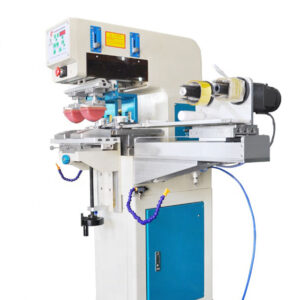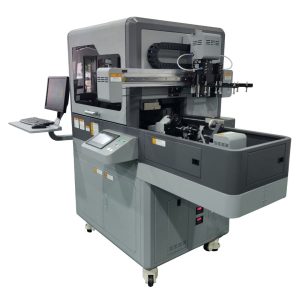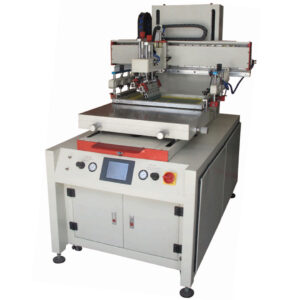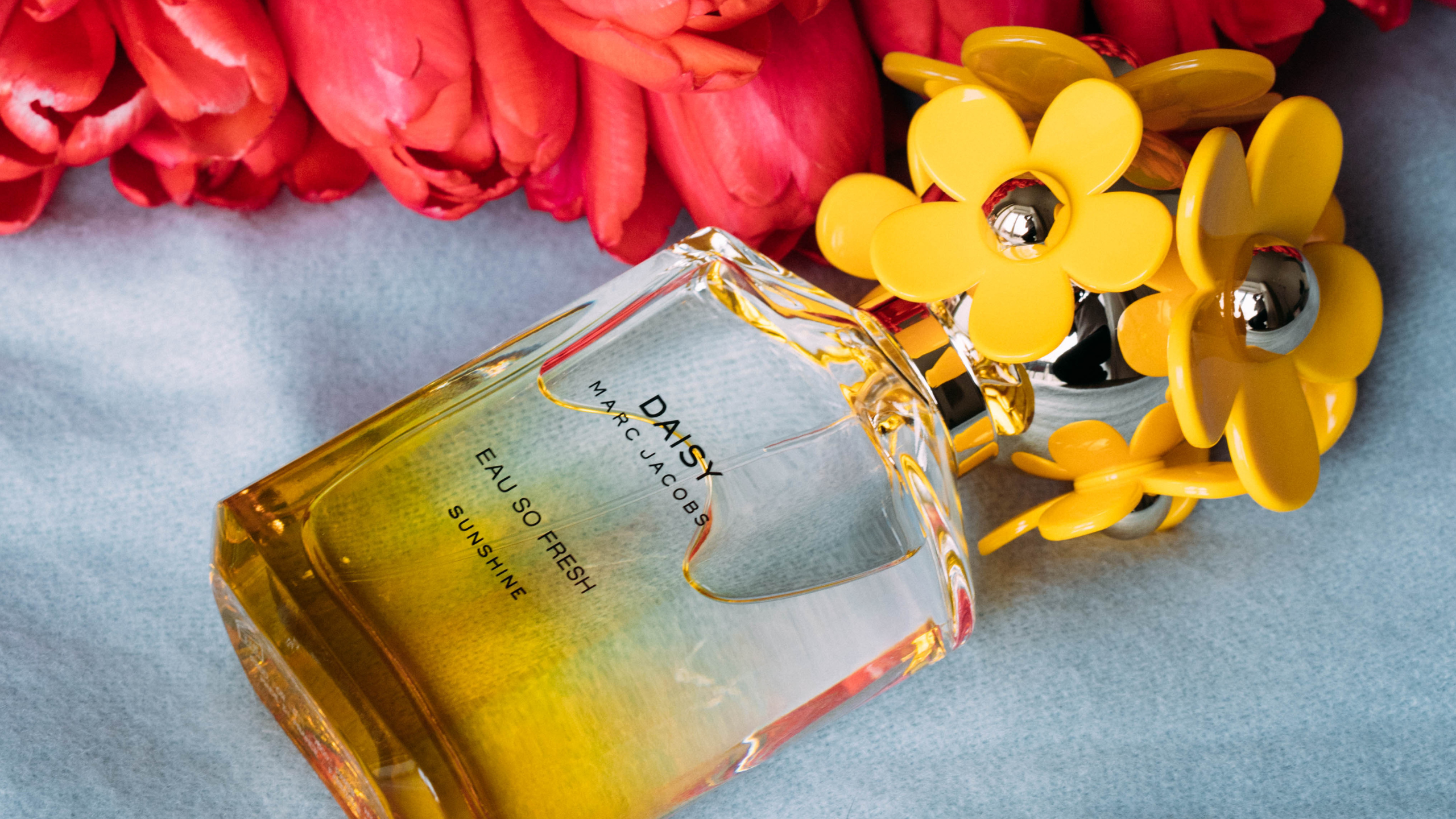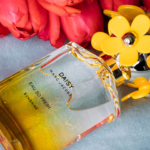Glass is an excellent material for manufacturing many goods because of its chemical inertness, durability, and insulating properties. Additionally, glass has aesthetic appeal, UV resistance, transparency, and hygiene. Because glass is made from natural materials, it is easy to recycle without losing its quality or purity. This makes it an environmentally friendly material that contributes to sustainability efforts. This article covers types of glass and the method of pad printing glass.
Types of glass
There are various types of glass, each made for specific applications. The choice of glass is based on its unique properties and characteristics. Some common types of glass include:
- Lime glass: Most everyday glass items are made from this type of glass. These include bottles, windows, promotional products, and glass containers. The soda-lime glass is made from silica (sand), soda ash, and lime. It is inexpensive to make.
- Borosilicate glass: It has high resistance to thermal expansion and is used in laboratories and cookware. This glass does not break due to extreme changes in temperature.
- Float glass: Most architectural applications use this type of glass. The process of making it involves floating molten glass over a bed of motel metal, typically tin.
- Lead glass (crystal) is used to make fine glassware, decorative items, and chandeliers. This glass is made by adding lead oxide to the glass, which increases brilliance and clarity.
- Fused Silica Glass: This type of glass is very pure. The process of making it involves melting pure silica (silicon dioxide) at extremely high temperatures. Precision optics, semiconductor manufacturing, and other applications that require exceptional purity use this glass.
Other types of glass include tempered glass, laminated glass, Low-E glass, fused silica glass, tinted glass, wire glass, and frosted glass.
Pad printing on glass
The pad printing process is a reliable printing technology that allows for the transfer of a two-dimensional image onto three-dimensional objects. The pad printing supplies utilized in this printing process include an etched plate (cliché) and a pad. The silicone pad printing pad transfers the image from the plate to the glass object. In addition, other critical supplies when it comes to pad printing on glass include ink, tooling, and an ink cup equipped with an O-ring and a ceramic ink cup ring. Let’s review one of the methods of printing on glass.
Pad for pad printing on glass
In pad printing, there are several limiting factors that determine how big of an image you can print. The printing machine is a major factor. It is therefore important to determine the size of the images that you intend to print before buying printing equipment. The pad printing machine not only dictates the size of the image you can print, but it also determines the size of pads you can use to print.
The size of the image is directly proportional to the size of the pad.
The most common pad printing pads are rectangular and round pads. For 99% of the printing, these pads will do. In special situations where you need to print wraparound prints on glass, we recommend using a hollow pad.
Hollow-pad printing pads come in handy when printing on fragile glass prints. These pads are softer compared to standard, firm pads.
Lastly, when choosing a printing pad to print on glass, make sure it is 20% larger than the image. This will ensure excellent image pick-up and transfer.
Pad printing ink for glass
The MG series pad printing ink achieves exceptional adhesion on glass surfaces. We made this ink with special resins and binders for optimal adhesion to glass. Unlike competing inks, the MG series features very high gloss, vibrant, high-opacity colors, and over 30 standard colors to choose from. Additionally, this ink is not flammable and has extremely low VOC levels.
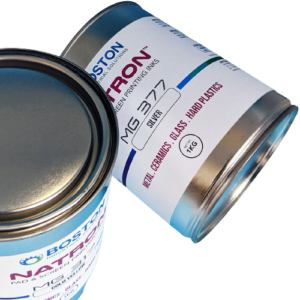
To learn more, visit: MG Series pad printing ink.
Food contact safe, chemical, and dishwasher resistance
Toys, food, and packaging are common applications for the MG Series ink. When printing on these applications, it is critical to make sure that the ink is safe and has the best adhesion possible. As a result, to achieve maximum adhesion, we recommend heating (baking) the printed glass at 300 °F for at least 10 minutes. This crosslinks the pad printing ink and the product.
Once fully cured, this ink will withstand over 2000 commercial dishwashing cycles. Also, it will withstand alkaline, alcohol, and sanitization chemicals.
Pad printing on glass substrates
Let’s finalize this article by covering some of the popular glass applications. One- or two-color logos cover over 90% of pad printing applications. Pad printing on short glasses, barware, pint glasses, and other applications are endless.
While there are very many ceramic mugs, which are excellent for pad printing with the MG series, glass and beer mugs are also perfect for pad printing. Beer mugs have handles, which make it impossible to print with cylindrical printers. As a result, pad printers have become the machine of choice for brand-name glass beer mugs.
Additionally, branding opportunities include highball glasses, rock glasses, and drinkware vessels with straight or tapered walls.
Other industries that are utilizing pad printing on glass applications include the candle industry and the cannabis industry. Pad print on glass tincture bottles as well as containers for CBD. All these applications and many others are excellent for pad printing with the MG ink for glass printing applications.
To get started today, visit our pad printing machines page to find your next pad printer. We have one- to six-color machines that can print”1–5″-size images on glass.


